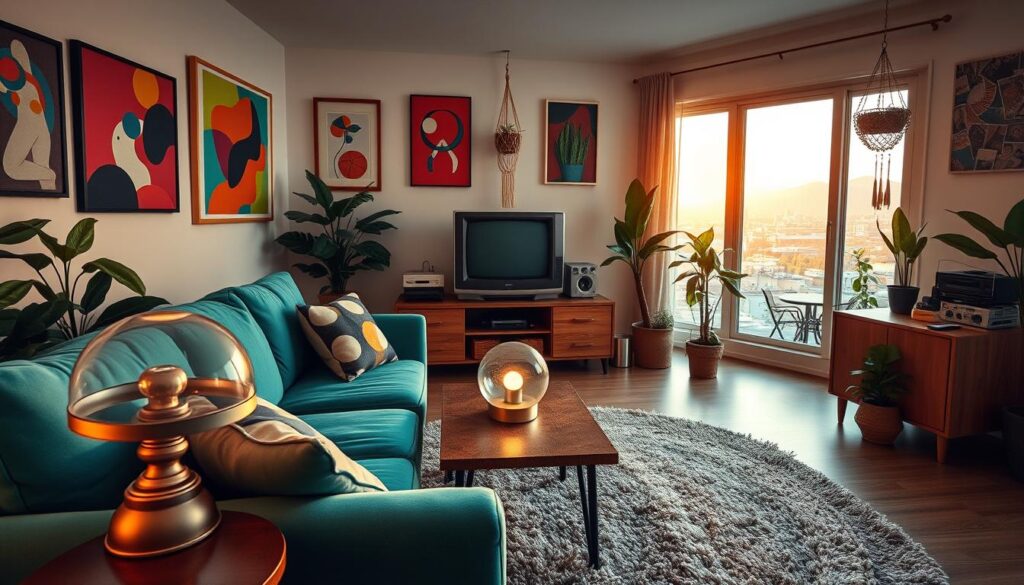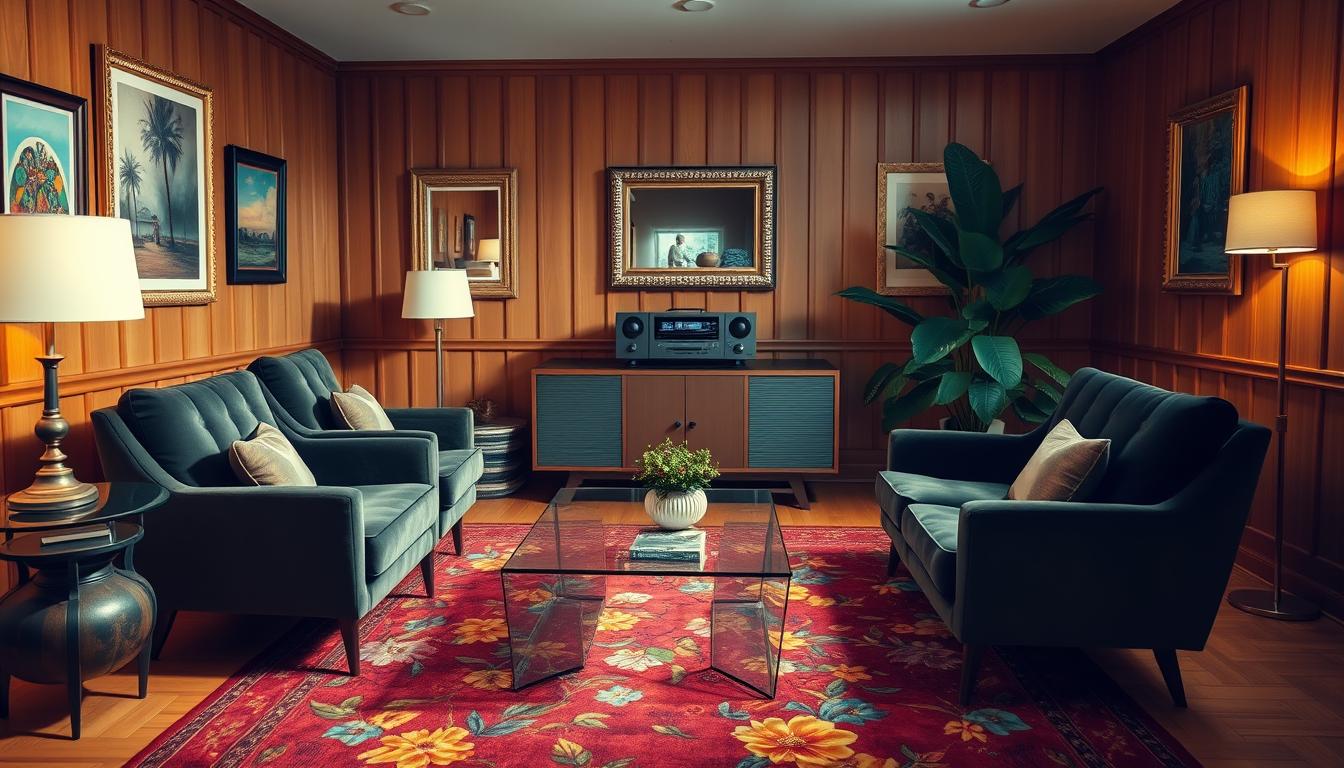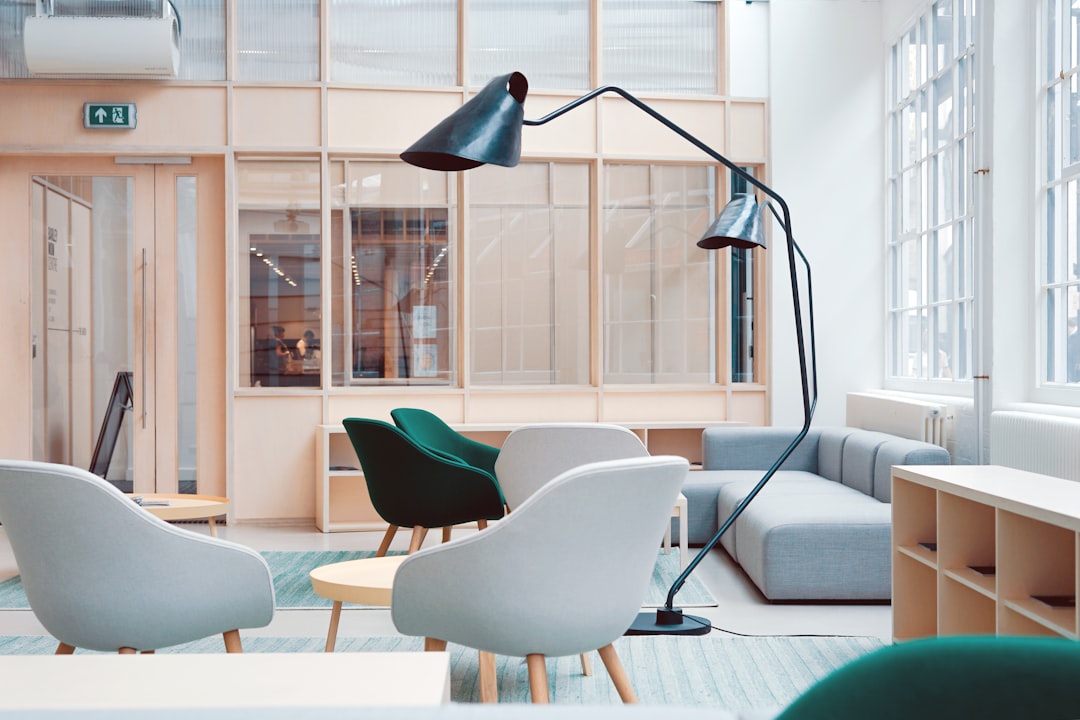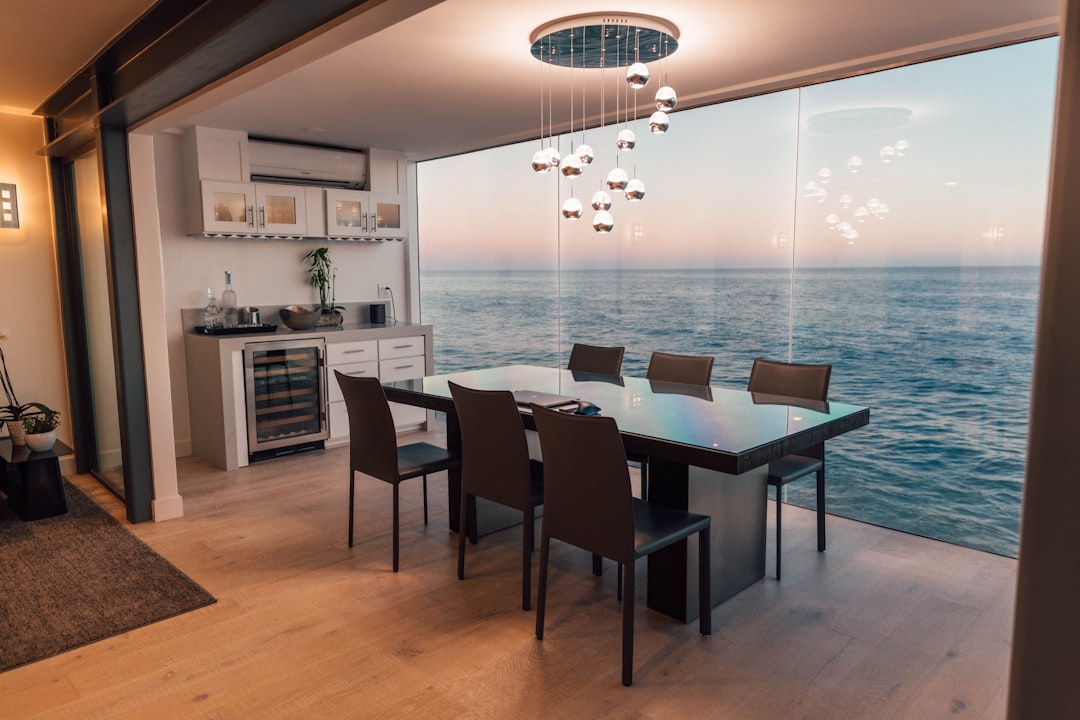A big 70% of homebuyers now want to add retro styles to their homes. This shows a big comeback in 80s interior design. It’s all about bold colors, iconic patterns, and standout furniture that make the decade’s look so special.
Let’s dive into the lively world of retro decor. Here, fun and playfulness mix to make a special living space. By adding retro lounge designs, mid-century modern furniture, and vintage decor, you can bring 80s style into your home.
Key Takeaways
- Understand the key characteristics of 80s interior design.
- Learn how to incorporate bold color palettes and statement furniture.
- Discover timeless tips to update the retro look for modern homes.
- Explore the role of mid-century modern furniture in retro decor.
- Find out how to balance retro elements with contemporary style.
The Charm of 80s Interior Design
The 1980s were a time of big changes in interior design. People loved making bold statements and using bright colors. This led to rooms that were truly one-of-a-kind and full of life.
Key Characteristics of the Decade
The 80s were all about making a bold statement. Designers used bright colors and fun patterns to make rooms interesting. Neon accents added a special touch, making things feel futuristic and glamorous.
They also mixed different textures, like shaggy rugs and velvet sofas. This made spaces feel rich and engaging. It was a way to experience rooms in a new way.
Bold Color Palettes
Bright colors were a big deal in the 80s. People loved using bold colors, even mixing them in strange ways. Neon colors were super popular, showing up everywhere from walls to decorations.
Colors weren’t just for walls. Furniture and decorations were also bright and fun. This made rooms feel lively and playful.
Iconic Patterns and Textures
Patterns and textures were key in 80s design. Geometric shapes like chevrons and hexagons were everywhere. They were used on floors, walls, and fabrics.
Textures added depth and interest. Shag carpeting, velvet, and metallic finishes were all in. Together, they made spaces that were truly 80s.
Essential Elements of 80s Style
The 80s were all about bold style, with eye-catching furniture and lights leading the way. To get that 80s vibe, you need to add retro furniture and decor that was big back then.
Retro Furniture Trends
The 80s loved bold patterns and bright colors. Big sofas and huge armchairs were key in 80s living rooms. They often had geometric shapes and floral patterns, making the style unique.
- Chunky sofas with bold, geometric patterns
- Oversized armchairs with vibrant, floral upholstery
- Low-slung, curved sofas with brightly colored fabric
These trends showed the era’s love for bold looks. They also made homes feel cozy and relaxed.
Lighting and Decorative Accents
Lighting was key in 80s design, with neon lights and table lamps in bold, geometric shapes. Decor like neon-colored vases and geometric-patterned rugs made the style stand out.
- Neon-lit chandeliers and sconces
- Table lamps with geometric shapes and brightly colored shades
- Geometric-patterned rugs and neon-colored vases
By mixing these key elements, you can make a space that truly captures 80s style.
Color Schemes That Defined the 80s
The 1980s were a decade of vibrant expression. This was seen in the bold color schemes that dominated interior design. The era’s love for the dramatic and playful was shown in its color choices, from soft pastels to bright, bold hues.
A key feature of 1980s color schemes was the use of pastel colors. The pastel color scheme was a defining element, bringing a soft, whimsical touch to interiors. Pastel shades were used extensively in wall paints, furniture, and decorative accessories, creating a cohesive and distinctive look.
Popular Colors for Walls and Décor
The 1980s saw a wide range of colors used in interior design. Soft pastels like pale pink, baby blue, and mint green were popular. Brighter, bolder colors like hot pink, electric blue, and sunshine yellow were also favored. These colors were often used in innovative ways, such as pairing complementary hues to create a vibrant, energetic atmosphere.
When selecting colors for walls and décor, homeowners and designers often opted for a mix of bold and soft shades. This approach allowed for the creation of spaces that were both visually interesting and harmonious. For instance, a room might feature pastel-colored walls complemented by brighter accents, achieving a balance between subtlety and bold statement.
How to Mix and Match Colors
Mixing and matching colors was an art in the 1980s, and it’s a technique that can still be effectively used today. To recreate the look, start by selecting a palette that includes a mix of bold and soft colors. Consider pairing pastel shades with brighter hues to create contrast and visual interest.
One effective strategy is to use a dominant color for the majority of the space and then introduce one or two accent colors to add depth and personality. For example, a pastel pink could be used for the walls, with electric blue accents added through furniture or decorative items. This approach allows for a bold expression of color while maintaining a cohesive overall aesthetic.
- Start with a neutral base to ground your space.
- Add bold colors through furniture and accessories.
- Use pastel shades to soften the look and create a cohesive feel.
- Experiment with different combinations to find the perfect balance for your space.
The Role of Technology in 80s Design
The 80s were a turning point for technology and interior design. New tech changes how people decorated their homes. This made technology a key part of the decade’s look.
Influence of Pop Culture
Pop culture was big in 80s interior design. TV and movies showed off the era’s design trends and inspired them. For example, “Blade Runner” and “Star Trek” sets made people want similar looks in their homes.
MTV and music videos also brought new design ideas to the mainstream. The influence of pop culture went beyond looks, with music and celebrities shaping design choices. Prince’s music videos, for instance, inspired some to use lavish decor and bold colors.
Iconic Electronic Devices in Homes
The 80s introduced iconic electronic devices that changed home decor. Personal computers, VHS players, and early home entertainment systems were more than just gadgets. They were status symbols and decorative pieces.
Here are some iconic devices that defined 80s homes:
| Device | Impact on Design | Notable Features |
|---|---|---|
| Personal Computers | Introduced a new era of home office decor, with bulky monitors and keyboards becoming part of the furniture. | Often had brightly colored casings and futuristic designs. |
| VHS Players | Changed how people consumed media at home, with VCRs becoming a staple in living rooms. | Typically had complex front panels with numerous buttons and slots. |
| Home Entertainment Systems | Brought high-quality sound into homes, with large speakers and amplifiers becoming part of the decor. | Often featured sleek designs and were marketed as luxury items. |
The integration of these devices into home decor showed off the era’s tech advancements. It also shaped the 80s interior look. To bring 80s design into modern homes, knowing the tech’s role is key.
Furniture Choices for an Authentic Look
To get an authentic 80s look, pick furniture that shows the era’s bold spirit. The right pieces can make your space feel like the 80s, with neon lights and big hair.
The 80s were all about grand furniture, with bold colors and chunky shapes. To create an 80s vibe at home, you need certain furniture.
Statement Sofas and Chairs
Statement sofas and chairs were key in 80s living rooms. They were more than just furniture; they started conversations. They came in bright colors and patterns, adding personality to any room.
Iconic 80s furniture features include:
- Bold, bright colors that make a statement
- Chunky, oversized designs that command attention
- Unique patterns, such as paisley or abstract geometrics
When picking statement furniture, think about the look you want. For a real 80s vibe, mix different patterns and colors.
Love Seats and Sectionals
Love seats and sectionals were big in 80s homes. They were comfy and great for socializing, perfect for family or friends.
Love seats and sectionals have their own perks:
| Furniture Piece | Characteristics | Ideal Use |
|---|---|---|
| Love Seats | Compact, intimate seating for two | Cozy reading nooks or small living rooms |
| Sectionals | Modular, configurable seating for larger groups | Large living rooms or open-plan spaces |
Designer Jonathan Adler said, “Furniture is not just functional, it’s also a reflection of our personalities.” This captures the 80s spirit, where furniture showed off your style.
Adding statement sofas, love seats, and sectionals to your decor will bring an authentic 80s vibe to your home. It’s a mix of nostalgia and style.
Incorporating Accessories from the 80s
The 1980s were a time of bold expression. This was seen in the interior design accessories that added a unique touch to homes. Items like neon lights, geometric patterned rugs, and vibrant wall art were iconic.
Fun with Neon and Geometric Patterns
Neon accents and geometric patterns were key in 80s decor. They added a fun and playful touch to rooms. Neon lights were used in lamps and wall decorations, creating a futuristic vibe. Geometric patterns on fabrics, rugs, and wallpaper added visual interest and depth.

To bring these elements into your home, add neon-colored decorative items or geometric patterned textiles. You can also use neon lights to create a unique ambiance in rooms like the living room or bedroom.
The Importance of Wall Art
Wall art was crucial in 80s interior design. Posters, prints, and paintings were used to add personality to spaces. From movie posters to abstract art, the options were endless, allowing homeowners to express their individuality.
| Type of Wall Art | Characteristics | Examples |
|---|---|---|
| Posters | Colorful, often related to pop culture | Movie posters, music posters |
| Prints | Varied, could be abstract or figurative | Abstract art, cityscapes |
| Paintings | Unique, often bold and expressive | Abstract expressionism, pop art |
By incorporating these accessories, you can infuse your home with the spirit of 80s decor. This creates a space that’s both nostalgic and uniquely yours.
Celebrity Influence on 80s Interior Design
The 80s saw a rise in celebrity culture, making interior design all about glamour and excess. Celebrities and media made certain styles and trends desirable. Iconic designers, TV shows, and movies greatly shaped 80s interior design.
Iconic Designers of the Era
Designers like Philippe Starck and Memphis Group led 80s design. They created stylish, bold pieces that were often seen in celebrity homes. For example, Memphis Group’s bright colors and geometric patterns became a key feature of 80s design.
| Designer | Notable Works | Influence on 80s Design |
|---|---|---|
| Philippe Starck | Bold, futuristic furniture | Redefined modern luxury |
| Memphis Group | Colorful, geometric patterns | Popularized bold decor |
Influential TV Shows and Movies
TV shows and movies of the 80s also shaped interior design. Films like “Wall Street” and TV shows like “Miami Vice” introduced sleek, modernist aesthetics. These visuals inspired many to decorate their homes in similar ways.
Looking to add 80s design to our homes today? Understanding the impact of celebrity culture and media is key. By embracing bold styles and iconic designs, we can create spaces that are both nostalgic and uniquely ours.
Updating 80s Design for Modern Homes
Updating 80s design for today’s homes is all about mixing old charm with new style. The 80s were known for their bold spirit. With a few tweaks, we can make it feel modern and fresh.
Blending Contemporary and Retro Styles
To mix 80s design with today’s look, we need to find a balance. Adding neon accents in small ways, like throw pillows or rugs, can brighten up a room.
Bold patterns were big in the 80s. We can update this by combining old patterns with new ones. This creates a space that’s both unique and eye-catching.
Tips for a Thoughtful Approach
When updating 80s design, being careful is key. Here are some tips:
- Start with a neutral base: Use a calm color on walls and big furniture to set a soothing background for bold touches.
- Mix and match: Blend old and new pieces for a look that’s both nostalgic and modern.
- Accessories are key: Use items like throw pillows, rugs, and wall art to add neon accents and bold patterns.
| Element | 80s Style | Modern Twist |
|---|---|---|
| Color | Bright, bold colors like neon pink and green | Muted neon accents on a neutral background |
| Patterns | Geometric shapes, florals, and abstract designs | Mixing vintage patterns with contemporary designs |
| Furniture | Statement pieces like oversized sofas and chairs | Slender, minimalist silhouettes with retro accents |
By combining 80s design with today’s tastes, we can make spaces that feel both nostalgic and modern. It’s about finding the right mix of old charm and new style.
Sustainable 80s Décor Options
Sustainability meets nostalgia in our look at eco-friendly 80s décor. The 80s were bold and vibrant. We can bring back that look in a green way.
Upcycling is a key to sustainable 80s décor. It gives old furniture a new life. This way, we reduce waste and keep the era’s unique charm.
Upcycling Retro Furniture
Upcycling retro furniture is creative and green. Paint vintage pieces in pastel colors for a modern look.
An old dresser can get a new life with fresh paint and knobs. It becomes a unique piece that blends 80s style with today’s eco-friendliness.
“The most courageous act is still to think for yourself. Aloud.” – Coco Chanel
This quote fits the DIY spirit of upcycling. It encourages us to think creatively about reusing old furniture.
Eco-Friendly Materials
Choosing eco-friendly materials is key for sustainable 80s décor. Look for options like reclaimed wood, bamboo, or recycled materials.
| Material | Eco-Friendly Aspect | 80s Décor Application |
|---|---|---|
| Reclaimed Wood | Reduces the need for new lumber | Use for shelving or wall art |
| Bamboo | Highly renewable resource | Ideal for furniture frames or blinds |
| Recycled Materials | Reduces waste | Perfect for decorative accents or lighting fixtures |
The pop culture influence of the 80s shines in bold materials. Eco-friendly versions of these materials let us celebrate that era while protecting the planet.
By choosing sustainable 80s décor, we enjoy the era’s charm while helping the environment.
Conclusion: Embracing the Spirit of 80s Design
Our guide to 80s interior design shows it’s all about expressing yourself and having fun. By using bold colors, statement furniture, and retro decor, you can make your living area unique. It will show off your personality.
Personalizing Your Space
To make 80s design your own, mix old and new. This way, you can update retro decor for today’s homes. Your space will be both eclectic and stylish.
Starting your design journey? Remember, 80s design is about being unique and creative. Don’t be afraid to try out different styles. Mix them up to make a space that’s uniquely yours.



